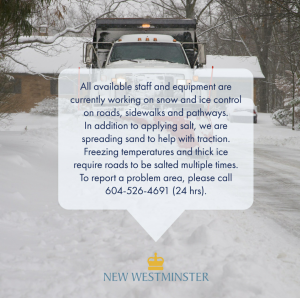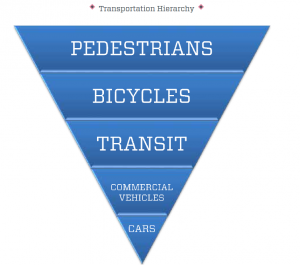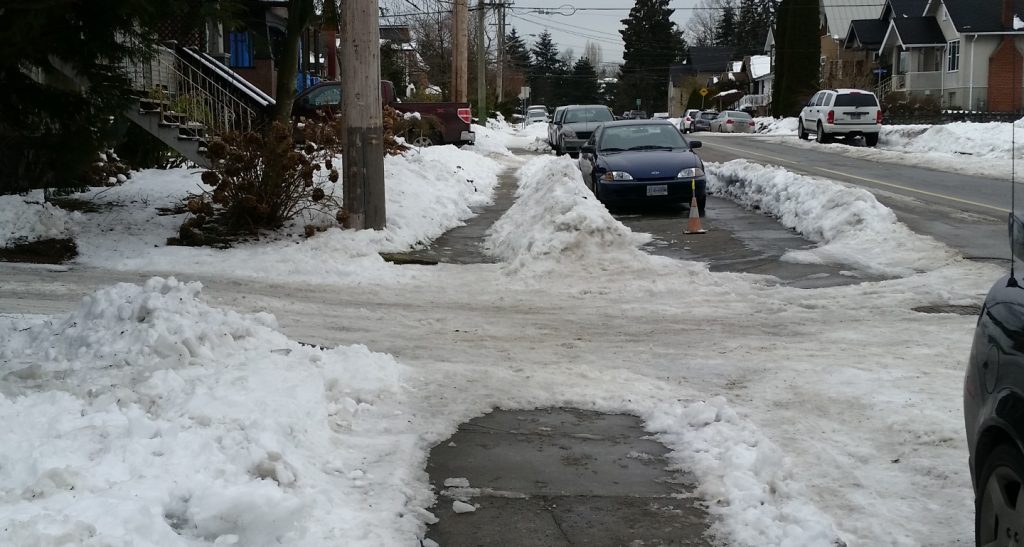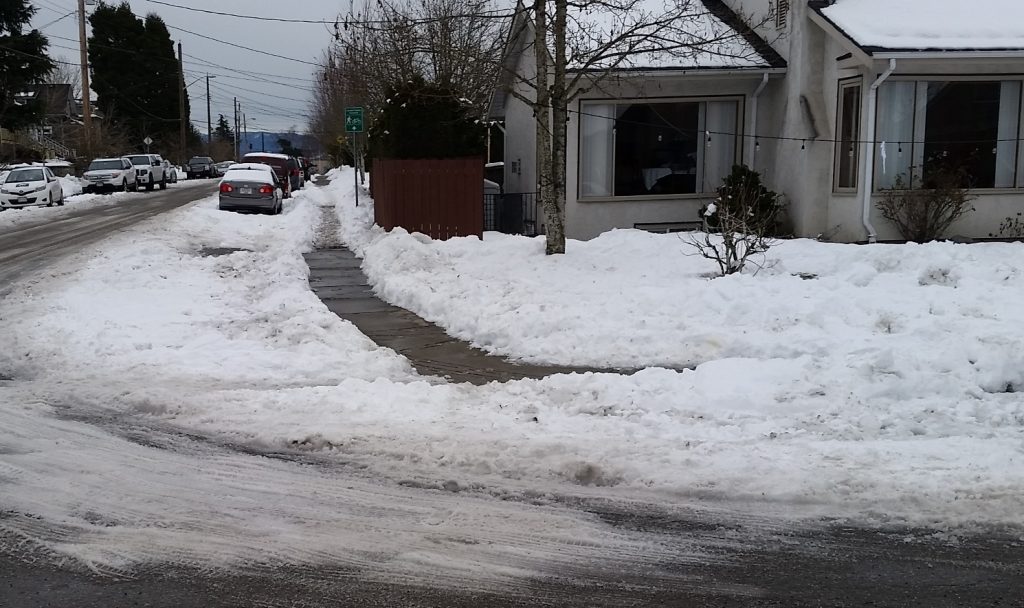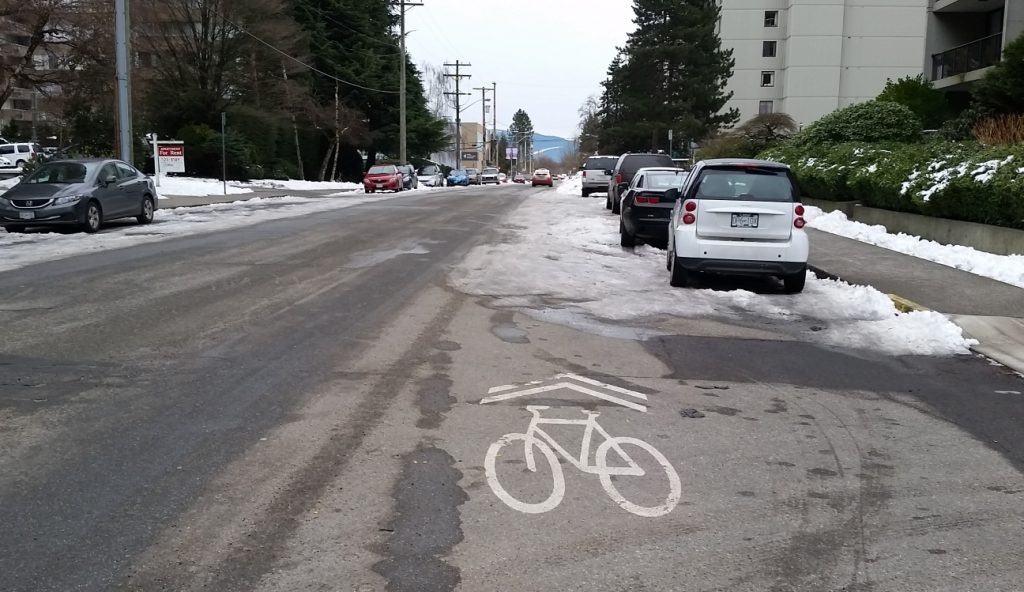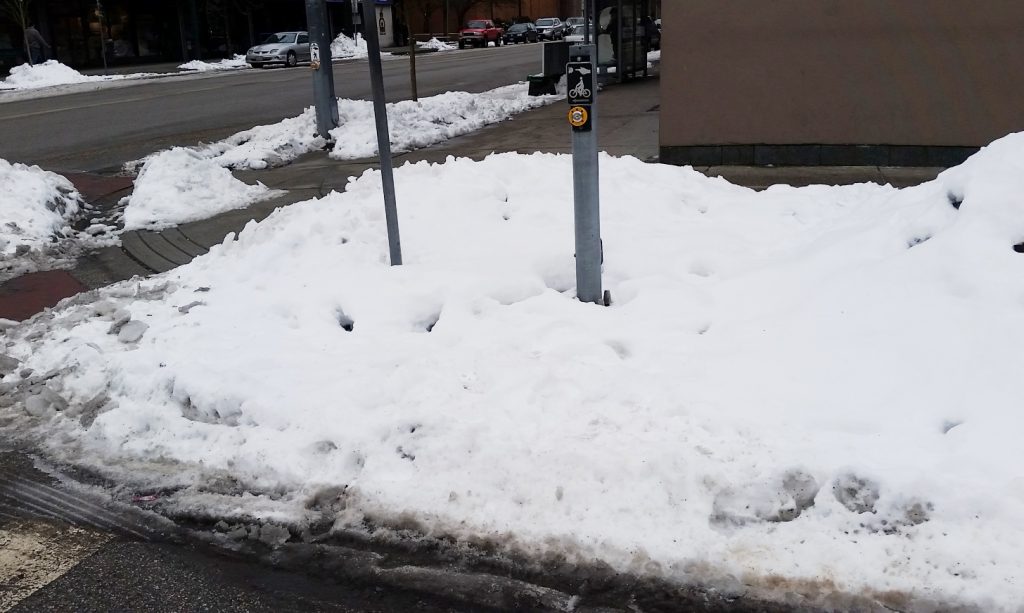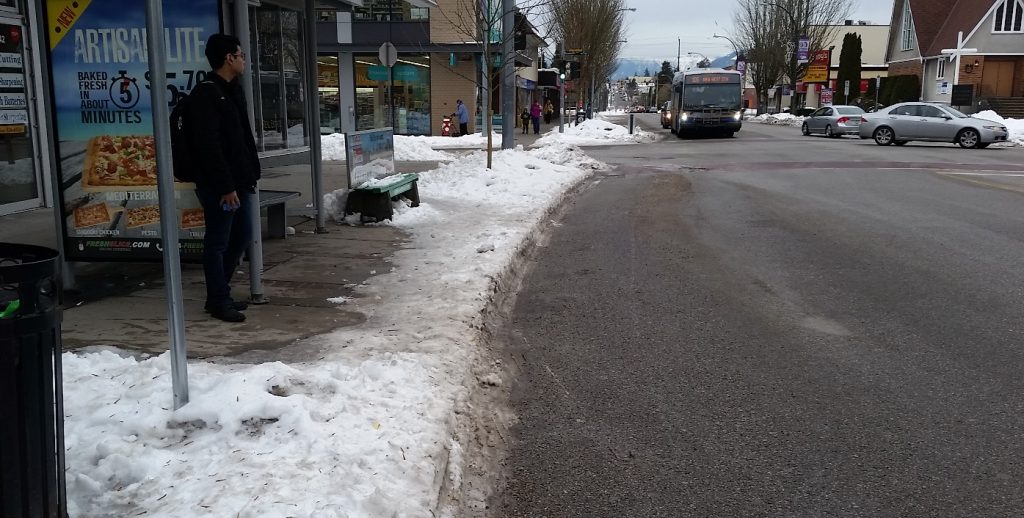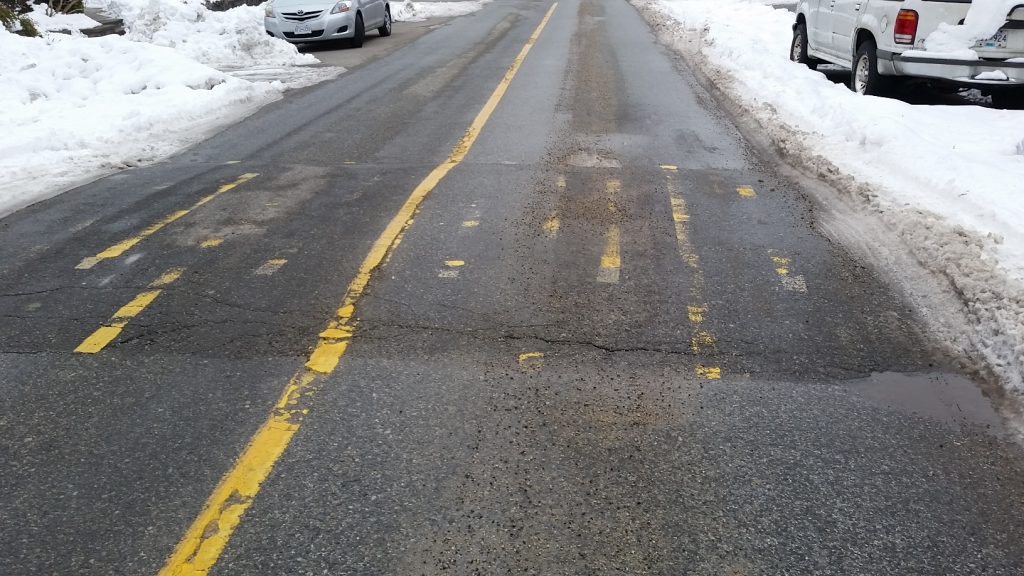We got right back to it at Council this week. After a rather eventful month off, there was much to discuss, and a full Agenda!
The following Agenda items were passed on Consent:
Festival Grant Recommendations
Our Festival Grant Committee did a great job while making some difficult decisions this year, given very limited resources to work with. We have lots of requests for festival support in the City ($306,000 this year), and since we adopted a new program of providing three-year funding certainty to help some festivals plan forward more effectively, much of the allowable budget (about $190,000 of the $225,000 budget) is eaten up by these multi-year commitments, leaving little room for newer events. This is not an ideal situation, as arguably it is the new events that require the most support, where established and proven programs have better access to sponsorship and other supports to maintain their events. I think we need, once again, to have a re-evaluation of how the longer-term granting process operates, and as I am now, as of February 2017, on the Festival Grant Committee, I guess that will be my job!
The good news is that the committee recommended (and Council Agreed) funding $235,000 worth of festival events, which is an increase of $10,000 over our budgeted $225,000. 10 events were already committed through multi-year grants or early grants that council already agreed to in the previous few months. Five more events were funded for the first time in 2017, all of them for significantly less than they requested.
Conceptual Design for the Connection between Waterfront Parks
As part of our new Waterfront RiverFront strategy, a seamless connection for pedestrians and cyclists from Queensborough to Coquitlam along the river is a major goal of the City and part of our Master Transportation Plan. The most challenging section right now is the connection between Westminster Pier Park and Sapperton Landing Park. During the summer closures of Front Street, it really demonstrated to the community how useful and fun that connection can be.
We don’t own all of the land we need to make this happen, and some significant engineering challenges exist, but the timing right now with improved connections along the Brunette River and upcoming work to replace the Pattullo Bridge footings, it is a good time to make sure we have clear vision and some conceptual designs in place for this vital connection.
New Street in Queensborough: Endorsement of Proposed Name
We have a process, or more a policy, in selecting names for new streets. “Mabel” is a name relevant to the community of Queensborough, where the new road is being designated. My only question is why we chose the first name of a woman when we name the street after her, but the last name of a male…
Zoning Amendment Bylaw No. 7893, 2017 (Housekeeping Bylaw): Bylaw to make Minor Updates/Corrections to Zoning Bylaw No. 6680, 2001 – Bylaw for First and Second Readings
This is a “housekeeping’ change to our Zoning Bylaw to address three separate and unrelated changes. One just updates the list of Liquor Primary operators in the City, one formalizes the allowance for offering animal daycare at animal grooming businesses, and one adds childcare as an allowable activity at schools. Nothing controversial here, but the Bylaw needs to be updated through a public process to make these changes.
612 – 618 Brantford Street: Official Community Plan Amendment Bylaw No. 7876, 2017, Heritage Revitalization Agreement Bylaw No.7886, 2017 and Heritage Designation Bylaw No. 7885, 2017 for First and Second Readings
These are the First readings for a OCP amendment and HRA to support the building of a family-friendly 6-story apartment building and preserve a neighbouring heritage house in the Uptown neighbourhood. This will be going to a Public Hearing, so I’ll hold my comments until them.
Electric Utility Commission – Recruitment
Our Electrical Utility is overseen by a Utility Commission. Council hires them, and they report to us, but the commission is responsible for creating strategic plans and overseeing operations of the Utility. We have now assigned two new Commissioners as per the Bylaw.
520 Carnarvon Street: Proposed Heritage Revitalization and Heritage Designation – Preliminary Report
There is a little house on Carnarvon Street downtown surrounded by commercial buildings that has some Heritage Value. The owners want to keep it, but want to make some alterations to make it more functional while adding permanent heritage protection to it. This is the beginning of a process that will be going to public consultation.
The following agenda items were Reports for Action.
Update on Draft 2017 – 2021 Financial Plan – General Fund
Our budget process is ongoing. We are currently putting together the General fund numbers to prepare for some public consultation. In this report, we are going over (again) some of the capital project plans for the coming year. This includes money we are taking from reserves for various projects, money we are borrowing for others. None of these are new projects, some are ongoing maintenance projects (like the City’s annual $3M+ paving budget), and some are single projects that have been part of our long-term capital planning, but we are actually going to spend money on in 2017 (like the Library website upgrade).
I like to note that we are spending more now than ever on sidewalks and have an aggressive plan to install curb cuts to improve accessibility and improve the conditions of sidewalks across the City, but it still only represents 1/7th of what we spend on asphalt annually. We should always remember that, contrary to what most think, pedestrians of the City are, through their taxes, subsidizing the drivers.
These reports will be going to public consultation, if you have concerns about any of these projects or priorities, let us know!
412 Third Street (Queen’s Park): Heritage Alteration Permit for Demolition
This request is to allow the demolition of a house in Queens Park during the Heritage Control Period. The house is old enough to qualify as “heritage”, but was also gutted by a fire before the Heritage Control Period began.
I agreed to allowing this demolition because the report made clear that almost all heritage elements of the building had been removed in earlier renovations, and the balance of remaining heritage elements subsequently burned in the fire. If we ask for protection here, restoration will be very expensive, and will necessarily require reproduction of heritage elements, which is not ideal conservation. As the eventual replacement house will require a Heritage Alteration Permit, it will need to be built to meet guidelines that respect the heritage value of the property and the neighbourhood, within both the letter and the spirit of the conservation area.
705 and 709 Cumberland Street: Update and Removal from the City’s Heritage Register
This property was provided the benefit of a subdivision and increased density in exchange for restoration and permanent protection of the heritage home on the property. However, during renovation the heritage home was effectively destroyed. Having not received the benefit of heritage conservation, council removed the benefit the homeowner received, that being the subdivision and density increase. Not a great solution for the homeowner or the City, but there were some confounding factors here that Council had to consider, and I think we took the right path here.
Queen’s Park Arenex
We received a report from the Fire Chief and Director of Parks and Recreation on the Arenex collapse. I am tempted to say we got lucky, but the reality is that our staff acted quickly and professionally at the first sign of trouble, and in the few hours between noticing the problem and the eventual collapse, all the right decisions were made to keep public and the staff safe, and to reduce the impact of the building failure.
Staff have in the subsequent three weeks, worked hard to find temporary and middle-term contingency plans to help the programs that were housed at the Arenex maintain as much continuity as possible. This was not an easy task, as the three weeks over the holidays are not a great time to try to make complex agreements with other organizations, as pretty much half of the planet is on vacation. The solutions are not always ideal, but our staff did as much as they could, and most programs have been accommodated.
Fortunately, we have insurance for the replacement value of the building, and most of the equipment inside was not in the collapsed part of the building, so it was almost all salvaged and stored securely offsite. We have some decisions to make in the next few months about middle-term contingency plans for the programs that the Arenex hosted, while we plan for eventual replacement. We simply don’t know what that eventual replacement will look like, as that is an entire different discussion which will include our Insurance company and users of the facility. More to come.
The following items were Removed from Consent for some discussion:
Capture Photography Festival Public Art Projects
New Westminster is taking part in this regional festival and Public Art initiative. The plan is to take two large, blank walls in the city (one Downtown, one uptown) and apply a large original photographic work to each. They will be there for 1-5 years, based on how they weather. This is part of and funded out of our Public Art program, and paid for our of our Public Art fund. Look for the pieces being installed in April.
Building Permit Fee Reduction Incentive Removal
Our incentive program to encourage the building of dedicated rental buildings in the city has been very successful. After more than a decade without new rental stock coming on line (in a City where ~45% of the population rents, where vacancies are in the 1% range, and rents are going up at an unsustainable rate), we have more than 1,000 rental units now under construction, and a few hundred more planned. However, this part of the incentive program is not particularly attractive to developers (the savings are tiny compared to development and construction costs), and complicates our permitting process more than it is probably worth. Staff are suggesting this one small part of our incentive program be discontinued, which Council supported.
New Westminster Urban Solar Garden Pilot Project
This project will operate under our Electrical Utility and will operate on a model that has worked well in several Cities, including Nelson, BC. The idea is that citizens can purchase a solar panel which is installed as part of a “farm”, and the owner gets the benefit of the electricity produced in the form of having those kWH removed from your electrical ill. With some efficiencies of operations related to having a “farm” of panels instead of having panels all over the place (on the roofs of individual houses), the pay-back time looks to be about 20 years, based on current electrical rates.
An interesting idea, and the City will commit to setting up the farm as soon as we have commitments from the community to purchase 75% of the panels.
After some pretty entertaining presentations and open delegations featuring not one, but two separate references to Mongolia, and where we had a discussion about snow removal in the City, we moved onto the usual Bylaws shuffle:
Zoning Amendment Bylaw No. 7893, 2017 (Housekeeping Bylaw): Bylaw to make Minor Updates/Corrections to Zoning Bylaw No. 6680, 2001
These “housekeeping” changes to the Zoning Bylaw, discussed above, was given two readings. This will go to Public Hearing on January 30, 2017. C’mon out and tell us what you think.
612 – 618 Brantford Street: Official Community Plan Amendment Bylaw No. 7876, 2017
Heritage Revitalization Agreement Bylaw No. 7886, 2017
Heritage Designation Bylaw No. 7885, 2017
These Bylaws to support the 6-story apartment building in Uptown, mentioned above, was given two readings, and will go to Public Hearing on January 30, 2017. C’mon out and tell us what you think.
Community Heritage Commission Amendment Bylaw No. 7897, 2016
This Bylaw changing the Terms of Reference for membership on the City’s Heritage Commission as discussed at the December 5th 2016 Council Meeting was Adopted. It is now the Law of the Land.
And that brought our meeting to an end, welcome to 2017!
